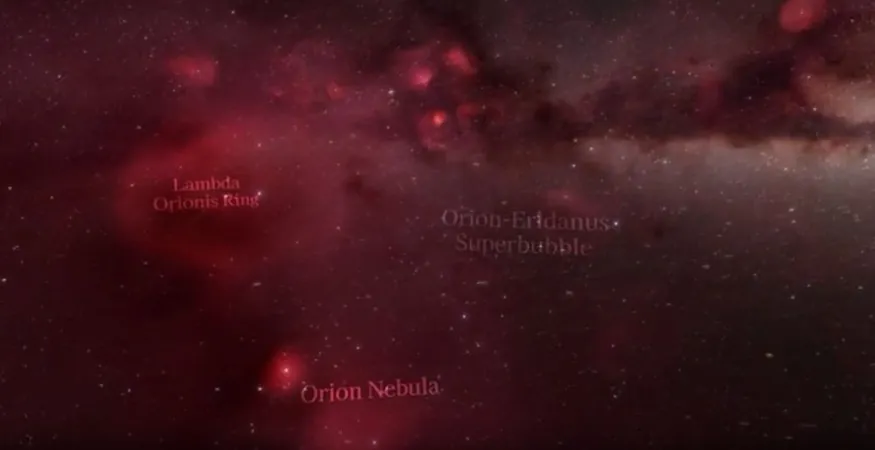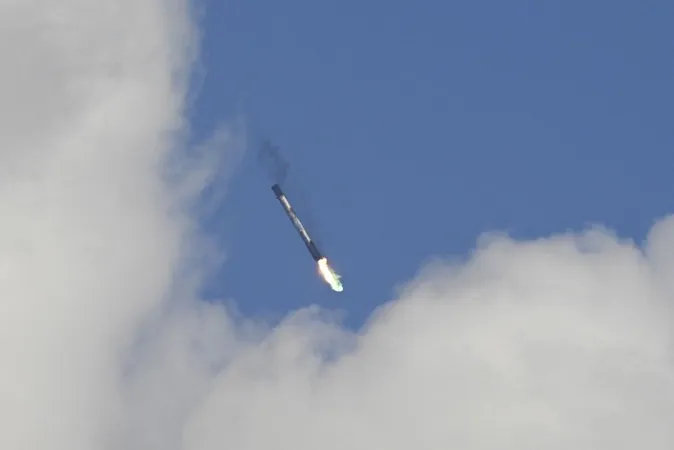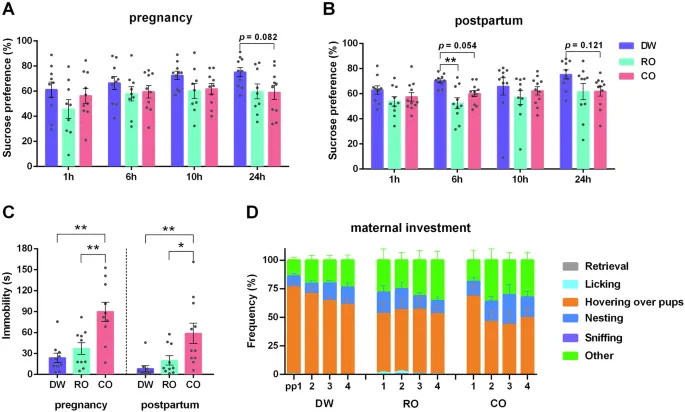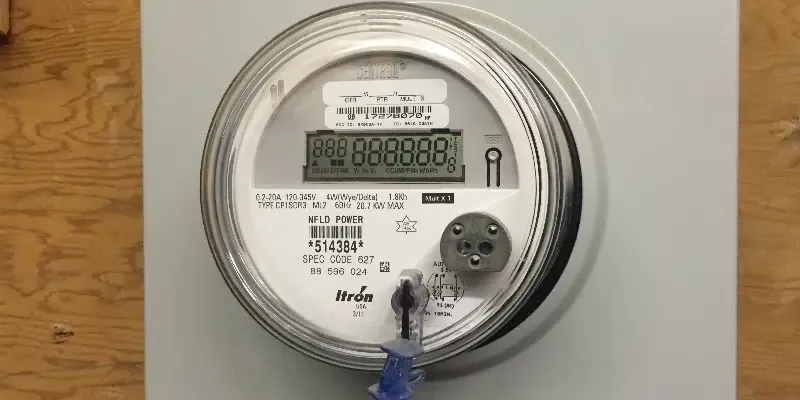
Take a Cosmic Journey: Explore Gaia's Stunning 3D Map of Stellar Nurseries!
2025-09-16
Author: Michael
Unveiling the Secrets of the Milky Way
When the European Space Agency (ESA) launched the Gaia spacecraft in 2013, it didn’t steal the spotlight like its cosmic cousins, the James Webb Space Telescope (JWST) or the Vera Rubin Observatory. While those missions dazzle us with breathtaking images of the universe, Gaia's mission had a different goal: astrometry.
What is Astrometry?
Astrometry involves precise measurements of stars' positions, velocities, and distances. Over its impressive 10.5-year mission, Gaia cataloged more than 1.8 billion celestial objects, producing the most detailed map of the Milky Way ever attempted. This treasure trove of data is foundational for astronomical research and will be referenced in studies for years to come.
Experience the Stellar Nurseries in 3D!
Now, the ESA has transformed this invaluable data into a breathtaking 3D video that takes viewers on a journey through some of the Milky Way's stellar nurseries—regions rich in star formation. These nurseries, composed of massive molecular clouds, are where new stars are born.
Explore the Cosmic Locations!
The video features iconic star-forming sites, including the Gum Nebula, North American Nebula, California Nebula, and the Orion-Eridanus superbubble, each with its own unique story.
The Mystical Gum Nebula
Located approximately 1,470 light years away, the Gum Nebula was once believed to be the aftermath of a supernova. Today, it contains the Vela Supernova Remnant and various cometary globules—regions of star formation with tails created by stellar winds.
The North American Nebula—A Cosmic Landmark!
At about 2,600 light years from Earth, the North American Nebula, discovered by William Herschel in 1786, resembles the continent itself. Its southern section, known as the Cygnus Wall, was mapped in greater detail thanks to Gaia.
Discover the California Nebula!
Named for its coastline-like appearance, the California Nebula lies around 1,000 light years away and was discovered in 1884. It shines brightly due to the nearby hot blue star Xi Persei, which is over 30 times more massive than our Sun!
The Enigmatic Orion-Eridanus Superbubble
Roughly 500 light years away, the Orion-Eridanus superbubble is a colossal cavity shaped by multiple supernova explosions. It spans 1,200 light years and is thought to house evidence of our Sun's cosmic journey through the bubble, potentially explaining iron-60 deposits found in ocean sediments.
Embark on the Cosmic Voyage!
Ready to explore these celestial wonders? Dive into the immersive 3D video and witness the beauty of our universe like never before!









 Brasil (PT)
Brasil (PT)
 Canada (EN)
Canada (EN)
 Chile (ES)
Chile (ES)
 Česko (CS)
Česko (CS)
 대한민국 (KO)
대한민국 (KO)
 España (ES)
España (ES)
 France (FR)
France (FR)
 Hong Kong (EN)
Hong Kong (EN)
 Italia (IT)
Italia (IT)
 日本 (JA)
日本 (JA)
 Magyarország (HU)
Magyarország (HU)
 Norge (NO)
Norge (NO)
 Polska (PL)
Polska (PL)
 Schweiz (DE)
Schweiz (DE)
 Singapore (EN)
Singapore (EN)
 Sverige (SV)
Sverige (SV)
 Suomi (FI)
Suomi (FI)
 Türkiye (TR)
Türkiye (TR)
 الإمارات العربية المتحدة (AR)
الإمارات العربية المتحدة (AR)